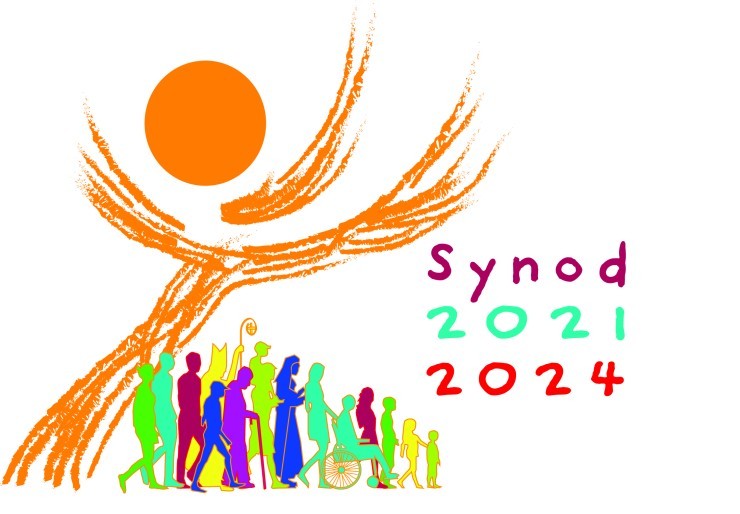
As far as I understand, only the Italian original is available of the final document of The General Assembly of the Synod of Bishops “For a Synodal Church: Communion, Participation, and Mission”, the synod regularly referred to as the “Synod on synodality.” There are some working translations becoming available. Click this link for an English working translation.
In many ways, Roman Catholicism has been implementing many of the Reformation realities 450-500 years later: a strong biblical focus (more scripture than ever read in services and read in the vernacular), services in the vernacular, married clergy,… and now there is what, for example, Anglicanism takes for granted. Anglicanism (Episcopalianism) speaks about “episcopally led and synodically governed”.
What Anglicans/Episcopalians bring to synodality
Anglicanism at the most local – parish, cathedral, school, etc – level always has consulting bodies for dialogue and sharing of power (vestry, parish council, chapter, board,…). At the diocesan level, synod makes governing decisions, usually having two or three houses, but regularly making decisions by consensus rather than dividing into houses. Provinces have a General Synod. In the Anglican Church in Aotearoa, New Zealand and Polynesia, our General Synod Te Hinota Whanui (GSTHW) not only needs agreement of the three houses (lay, clergy, bishops); there also needs to be agreement of the three cultural streams (Pakeha, Maori, Polynesia). Again, generally conversations and decisions are made with all together – but caucusing can be part of the process. For something to be a formulary (agreed teaching or practice) there is a process that involves GSTHW, all diocesan synods, and back to GSTHW.
Electing a bishop involves the diocesan synod – meeting as an “electoral college” (everyone knows that term now!) And then ratification by the wider province through GSTHW.
Internationally, Anglicanism has consulting meetings that are (generally) respected but have no binding force.
What Catholicism brings to synodality
I’m particularly taken by a way of conversing that is increasingly being used for community discernment. It is referred to as “Conversations in the Spirit” (also the “Canadian method”):
Participants, having reflected privately on questions distributed earlier, gather in a circle with a facilitator. They begin with personal introductions, if necessary, and a prayer. Then each person shares for a limited amount of time (at the synod this was three minutes maximum) those things that stood out to them during their prayer and reflection with the questions.
The group takes a few minutes of silence to reflect on what they have heard, and then, in the second round of sharing, each person takes a turn saying what stood out to them from what the others shared. During this phase, some throughlines or tensions may emerge, but they are not yet discussed. The group again takes a few minutes of silence, and then, in the third round, they discuss what emerged in the previous rounds. At the synod, each group was invited to document at this point “convergences” and “divergences” of opinions from their conversations, along with any proposals or open questions they wanted to raise.
[A fuller description of Conversations in the Spirit is found here; and in a shorter form here]
The approach, for me, echoes that of Lectio Divina when done in a group.
It is unsurprising to me (also with the first Jesuit pope) that the roots of this method of communal discernment are a Jesuit form of communal discernment (read more here).
The implementation of a synodal church, it seems to me, continues the trajectory of Vatican II and its implementation. Furthermore, there is a strong sense of receptive ecumenism, where each tradition receives what is best from others and shares the riches of their own – an exchange of gifts. The synodal Conversations in the Spirit can be used in ecumenical groups – remembering, next year is 17 centuries since Nicaea.
Do follow:
The Liturgy Facebook Page
The Liturgy Twitter Profile
The Liturgy Instagram
and/or sign up to a not-too-often email



I appreciative this summary, Bosco. Will watch with interest – and with great hope that the wind of the Spirit continues to blow steadily through this.
Great points from Tomas Halik on synodality:
https://english.katholisch.de/artikel/57088-theologian-halik-greater-decentralisation-of-the-church-is-needed
What Catholic synodalism looks like on the ground, in everyday practice:
https://cathnews.co.nz/2024/11/11/synodal-process-favoured/